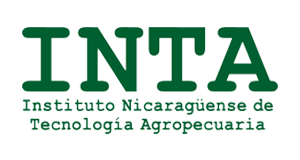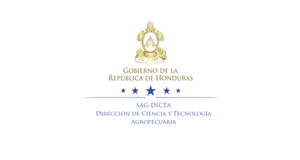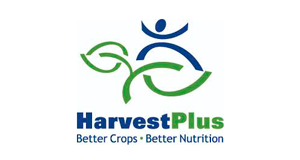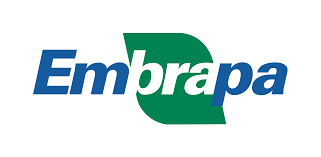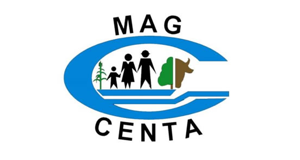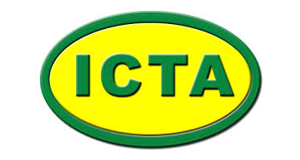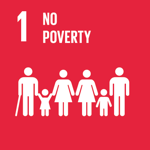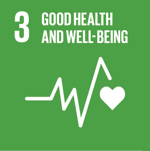Biofortified bean
Value chain
Context of the story
Around 53 million people suffer from malnutrition in Latin America and the Caribbean. The consequences include low birth weight and anemia. Biofortification increases the nutrient content in crops, through conventional breeding practices, addressing iron, zinc and vitamin A deficiencies in the human body. Biofortified crops have improved agronomic characteristics and offer higher micronutrient content compared to conventional crops. Biofortified beans provide more than 50% of the estimated average requirement for children aged 4 to 6 and non-pregnant women of childbearing age.
Regional Platform
The implemented initiative
The objective of the project was to organize a workshop for the creation of a regional platform to strengthen the value chain of biofortified beans in Latin America and the Caribbean. In addition, it was proposed to document the state of new technologies with biofortified beans and their value chain in the region.
The technological solution
A regional platform that enables strengthening of the biofortified bean value chain in indigenous peoples and farmers of Latin America and the Caribbean. The platform will allow the exchange of knowledge and successful experiences between research institutions and national and international public-private alliances to promote the production and consumption of biofortified beans.
The biggest challenge in releasing a new variety of beans is ensuring farmers have access to it
Results
A regional platform that allows strengthening the value chain of biofortified beans in indigenous peoples and peasants of Latin America and the Caribbean. The platform will allow the exchange of knowledge and successful experiences between research institutions and national and international public-private alliances to promote the production and consumption of biofortified beans.

 Back to the project
Back to the project Panama
Panama Colombia
Colombia Honduras
Honduras Nicaragua
Nicaragua Brazil
Brazil El Salvador
El Salvador Guatemala
Guatemala
